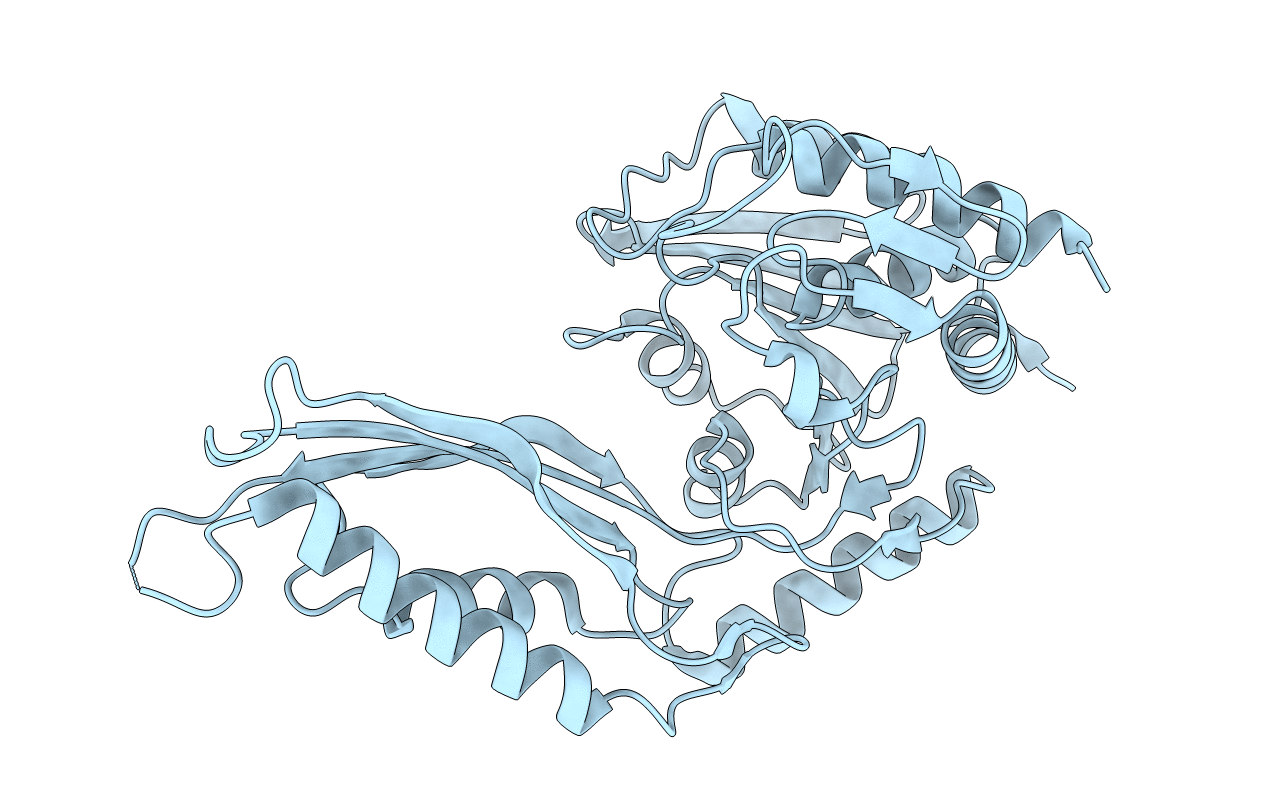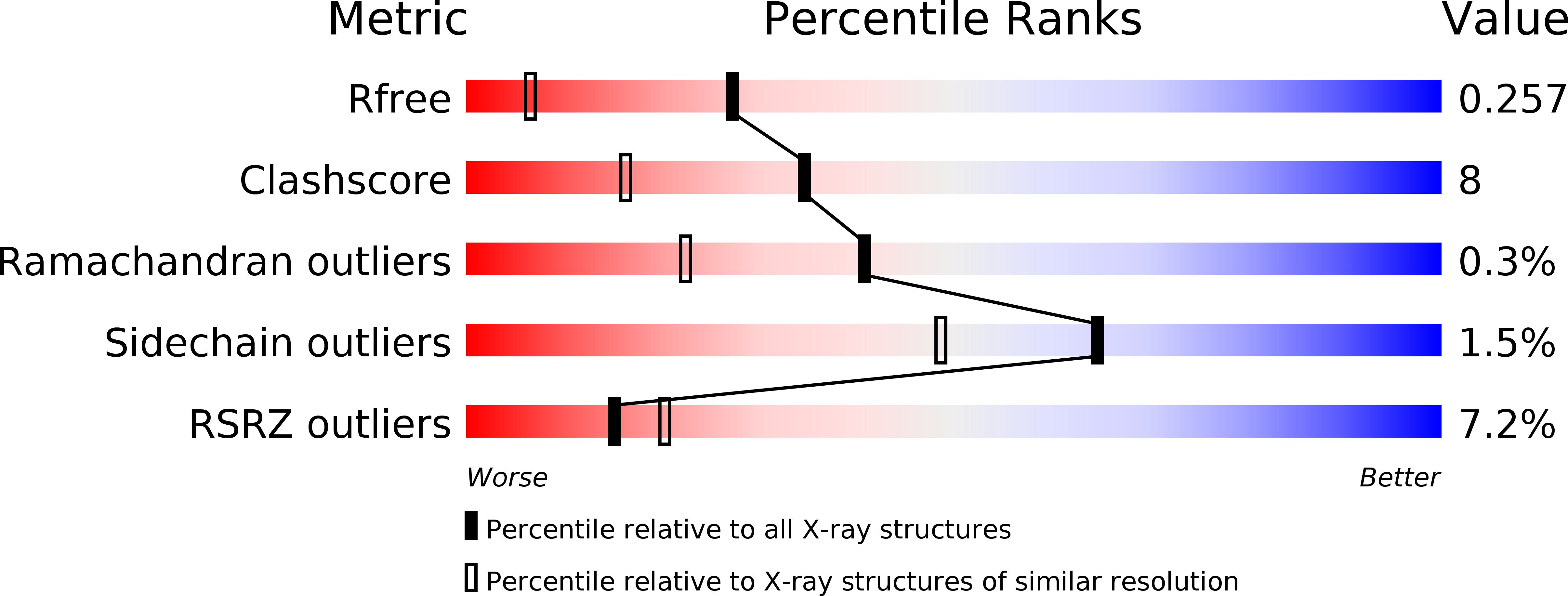
Deposition Date
2005-12-02
Release Date
2006-09-26
Last Version Date
2023-08-30
Entry Detail
PDB ID:
2F8H
Keywords:
Title:
Structure of acetylcitrulline deacetylase from Xanthomonas campestris in metal-free form
Biological Source:
Source Organism:
Xanthomonas campestris (Taxon ID: 339)
Host Organism:
Method Details:
Experimental Method:
Resolution:
1.75 Å
R-Value Free:
0.25
R-Value Work:
0.22
R-Value Observed:
0.22
Space Group:
C 1 2 1


